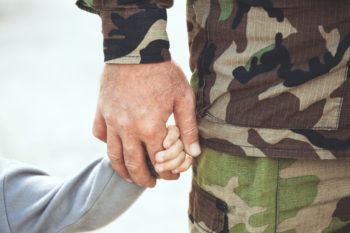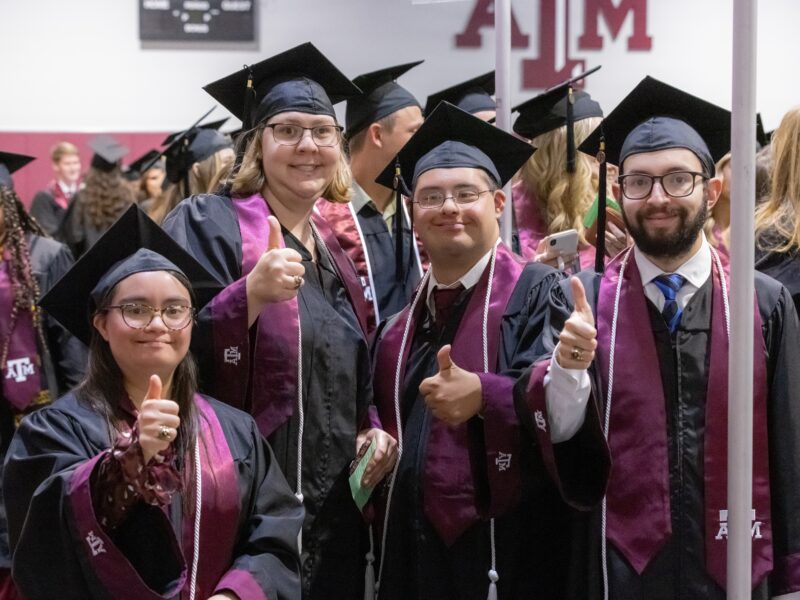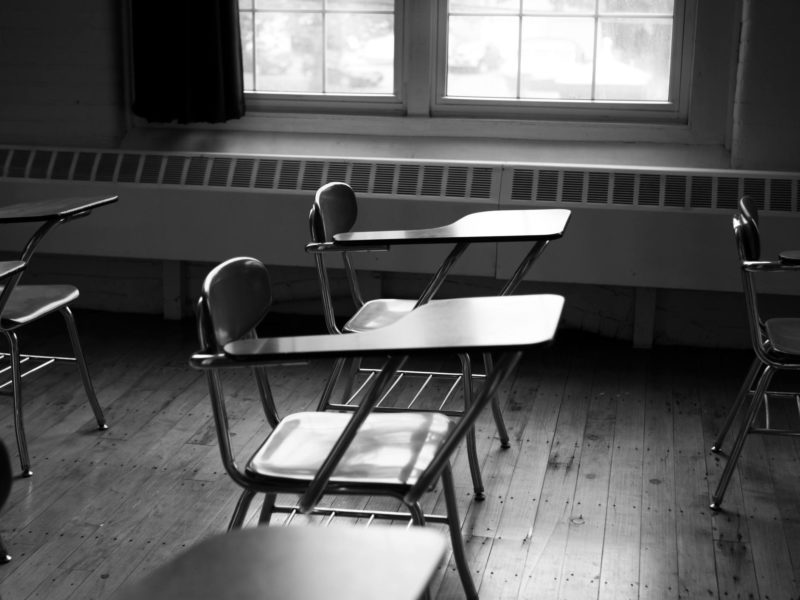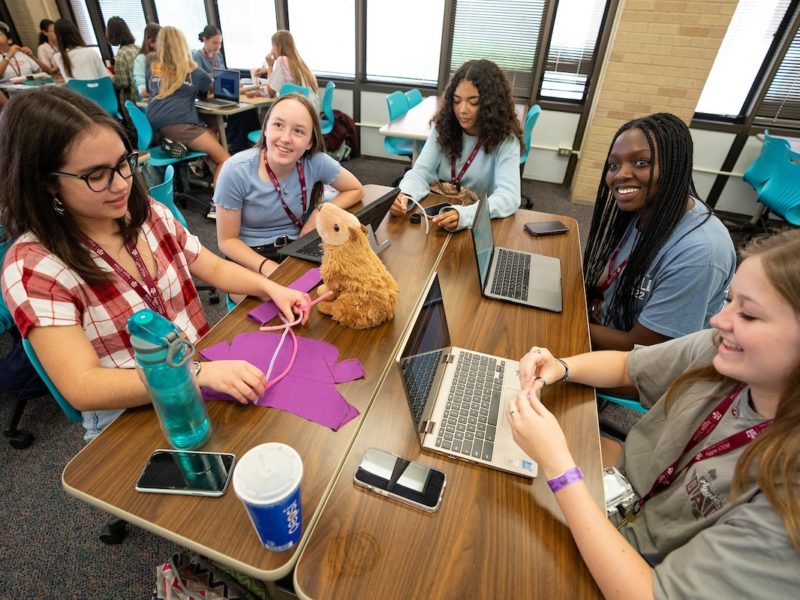Silent Sacrifice: Military-Connected Kids

Military life demands sacrifice from those who choose to serve. It also demands sacrifice from the nearly 1 million military-connected children who did not choose to serve, but support their parents.
Military-connected kids experience many challenges that their peers do not. These challenges make them resilient, but they also take their toll. Tamika Gilreath, associate professor in the Department of Health and Kinesiology, studies this population to raise awareness of their stressors and provide solutions.
Last year, she conducted research in Oceanside, California schools near Camp Pendleton and discovered some troubling issues.
When parents are deployed or leave for field trainings, children often take on responsibilities the absent parent had. They take care of younger siblings and help with adult responsibilities, all while experiencing anxiety about their parent being injured while away.
“Youth who are stressed beyond their natural capacity may engage in maladaptive coping behaviors such as substance use, increased interpersonal conflicts at school and sadness or depression,” Gilreath said.
Gilreath found that military-connected kids in seventh, ninth and eleventh grade were more likely to report substance use than their civilian peers.
She also found that military-connected youth experience verbal bullying at a higher rate. This can stem from constantly being the new kid at school and their peers’ lack of awareness surrounding military life.
“Getting bullied has negative consequences for any child, regardless of whether they are military connected or not,” Gilreath said.
On average, military-connected kids change schools nine times throughout their K-12 education. They leave behind friendships and start over completely in a new place.
“These kids are not just moving to the next county or adjacent state,” Gilreath said. “They are moving coast to coast, sometimes country to country. They can go from one side of the world to the other, leaving friends behind.”
Not only is life more difficult while their parent is away, the post-deployment transition can be challenging for them when their parent returns with physical or mental injuries.
“Military-connected schools serve as an ideal opportunity to provide additional resources and as points of intervention for youth who face extreme situations,” Gilreath said.
After learning about these challenges, she worked with the schools in Oceanside to bring in more counselors and social workers to work with the children. They also helped the schools understand the positive impact that celebrating military life and culture can have on military-connected children.
The school held an event to celebrate the United States Marine Corps birthday and gave military-connected kids the opportunity to talk about its culture and importance. Several students shared with Gilreath that it felt good to talk about their experiences through their participation in her study.
“A student spoke about how she appreciated being able to honor her father’s service and that her peers and classmates were more curious about his service and what that meant to her,” Gilreath said.
Through the event, teachers became aware of which students were military-connected. They are now better able to direct their students to support. The youth indicated that they appreciate it when their teachers and peers are aware of their sacrifice and ask about how their parent is doing.
“Having additional resources for counseling and supports for relocated students are critical,” Gilreath said.
Gilreath hopes to expand her research to Texas, which has the third largest percentage of active duty military. She hopes to identify the needs in the state, as well as which resources might mitigate stressors associated with being military-connected.
“Additional research examining behavioral health outcomes for Texas youth is critical,” Gilreath said. “Overall, I hope to raise awareness for this population.”
This article originally appeared in the 2020 Transforming Lives magazine, a publication by the College of Education and Human Development at Texas A&M University.
This article by Heather Janak originally appeared on the College of Education & Human Development website.





